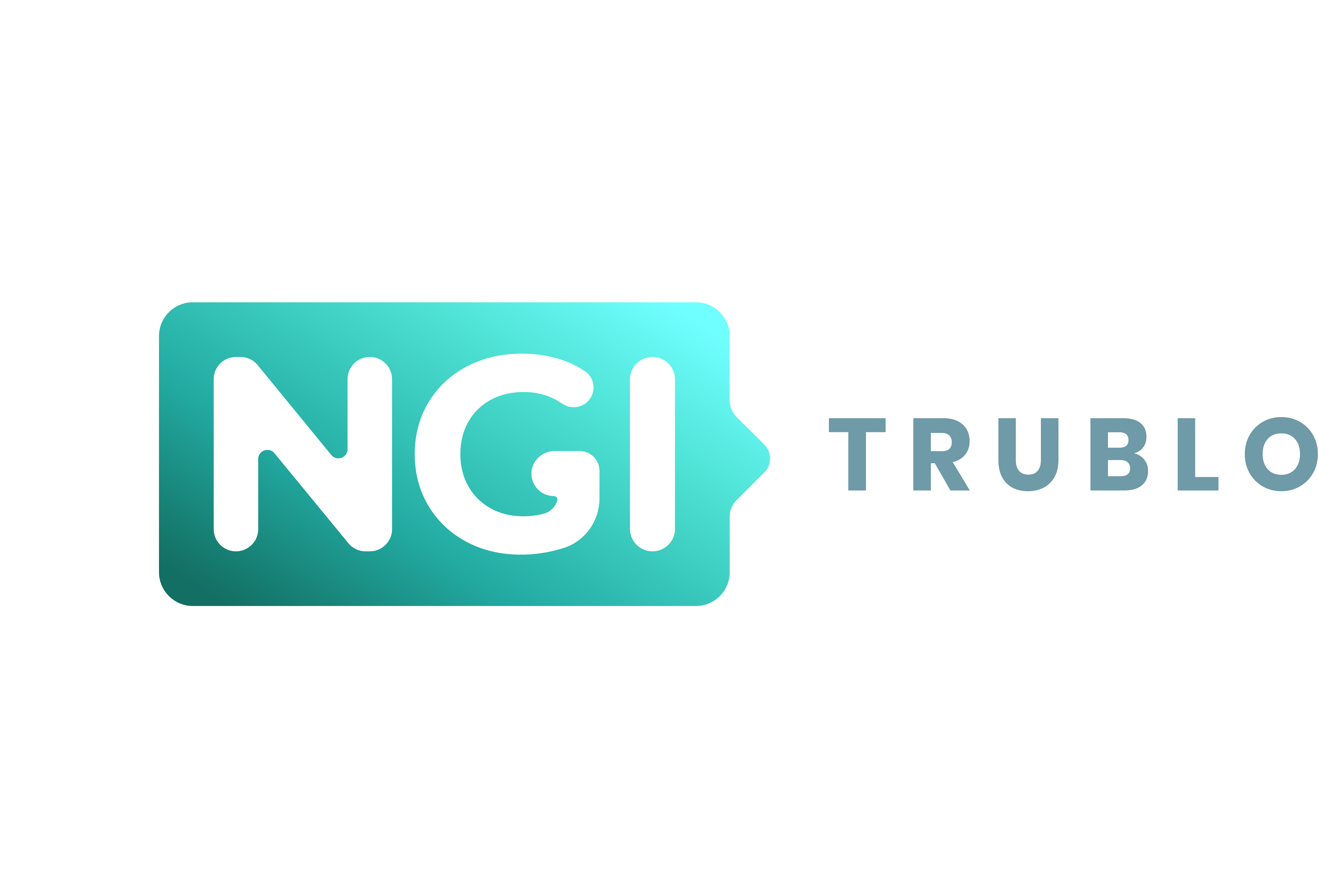Today falsifying content is easy
So far, content that is accessible on the internet can be intentionally falsified, easily.
- Tricking search engines: From false claims to falsified sources to sloppy or falsified metadata. For example a low level, but common approach to content fraud is to simply change the publishing date. Search engines are good at finding content, but all search platforms are challenged by falsified data and information.
- No restrictions in Content Management Systems: For the sake of convenience, almost all currently used Content Management Systems do not impose strict guidelines nor checks for copyrights or whether the publishing data is correct.
In earlier communication the group behind Project Origin stated the goal: “Having a provable source of origin for media, and knowing that the content had not tampered with en-route, will help to maintain confidence in news from trusted providers”.
Technical demonstrators so far
How do they want to get there? So far the concepts are demonstrators or software in beta. Technically, the idea is to define an “end-to-end process for the publishing, distribution and presentation of provenance enhanced media”. Provenance is of course the key here. It means that added information should enable to trace down where the content came from and whether what is presented is actually the version that was published at the origin. Provenance information will be added no only to text-based media but also to audio, video and images.
In September 2020 the project origin published a short video, which narrated the motivation as well as the early proof-of-concept models. Key goals are to confirm the identity of the publisher and to ensure that the content has not been tampered with. This applies to the visible editorial parts, but also to metadata which might not be directly visible, but is used for example by search engines to rank the content. It is common for misinformation to change dates, for example, to make old content look “new” again.
Two videos, one from Project Origin, the other from the Adobe-led Content Authenticity Initiative show the intentions and goals.
Project Origin (2020)
Source: BBC
Content Authenticity Initiative: Vision
Searching for a standard
As of spring 2021, there is a common goal and specific roles for the different partners. “Coalition for Content Provenance and Authenticity” (C2PA) aims to advocate and find support for an open standard. At the same time the different technology companies work on their individual solutions:
- Adobe is working on an attribution tool, which could be added to Photoshop and other Adobe packages.
- TruePic, a start-up from San Diego in the US, could have the most innovative. The company has developed software specifically to enhance and enrich content enabling checks of its integrity.
- Microsoft describes the current approaches on a dedicated innovation website.
- It is notable that Google is missing from the members, so far. The same is true for Apple and Facebook.
It might be that if all the big tech and content companies would join finding a compromise would become almost impossible. Instead, that is the assumption, the smaller, current group firstly wants to develop early suggestions and ideas.
Demos from Microsoft
Microsoft specifically has the most details yet how Project Origin could work. The company discusses current ideas on a webpage of the innovation department. They christened the technical approach AMP (Authentication of Media via Provenance).
Search for standard might take years
- Agreeing on standards, specifically, might take years. While misinformation and content used for propaganda in many parts of the world are pressing problems. Finding common ground will depend on many details – and take time, specifically when there is a need for an agreed-upon technical standard, which is accepted worldwide.
- One thing that is notable: All three projects and the entire coalition do not commit to a specific blockchain technology to store the information. It appears that the question is currently avoided – there might or might not blockchain tech in the backend.
- Another problem is to find a technology that gets accepted by users and does not make media production more complicated. Adding metadata is a notoriously skipped activity in many fields of content production.
More info:
Microsoft Innovation: Exploring Project Origin
https://innovation.microsoft.com/en-us/exploring-project-origin
Microsoft Innovation: Technical explanation and demo
Deep Dive: Technical explanation of Project AMP’s components including a demo based on the paper
AMP: Authentication of Media via Provenance.
Adobe brings its misinformation-fighting content attribution tool to the Photoshop beta
https://techcrunch.com/2020/10/20/adobe-cai-photoshop-beta-misinformation/


0 Comments